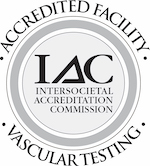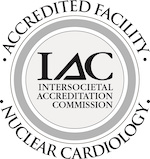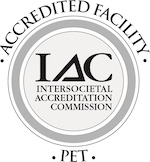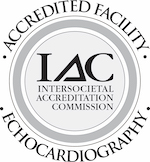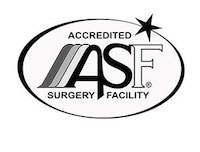Venous Insufficiency
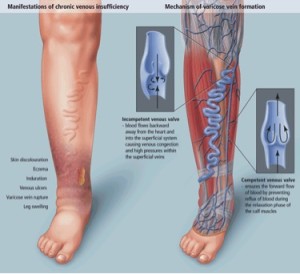 In healthy veins, there is continuous flow of blood from the limbs back toward the heart. There are valves within the veins of the legs that prevent the backflow of blood. Venous insufficiency occurs when forward flow through the veins is obstructed, as in the case of a blood clot, or if there is backward leakage of blood flow through damaged valves. In many cases of venous insufficiency, patients have both obstruction of forward flow and backward leakage of the veins.
In healthy veins, there is continuous flow of blood from the limbs back toward the heart. There are valves within the veins of the legs that prevent the backflow of blood. Venous insufficiency occurs when forward flow through the veins is obstructed, as in the case of a blood clot, or if there is backward leakage of blood flow through damaged valves. In many cases of venous insufficiency, patients have both obstruction of forward flow and backward leakage of the veins.
Signs and Symptoms of Venous Insufficiency
Symptoms of venous insufficiency include:
- Edema (swelling)
- Skin discoloration
- Prominent varicose veins or ropy veins
- Skin ulcers
- Aching, burning, or throbbing sensations in the legs and feet
- Cramping
- Leg weakness
Treatment of Venous Insufficiency
There are many treatment options for venous insufficiency, depending upon the condition that is causing it. The most common treatment for venous insufficiency is prescription-wear compression stockings. These special elastic stockings apply pressure at the ankle and lower leg and improve venous blood flow and reduce leg swelling.
Our physicians can determine the right type of compression stocking that is most appropriate for your care. To further help with the leg swelling caused by venous insufficiency, our doctor may also perform Venous Ablation to significantly improve the circulation of your legs. In some cases when a non-healing ulcer (sore) is present, our physician may prescribe special medicated wraps to reduce swelling and treat the skin ulcer.

